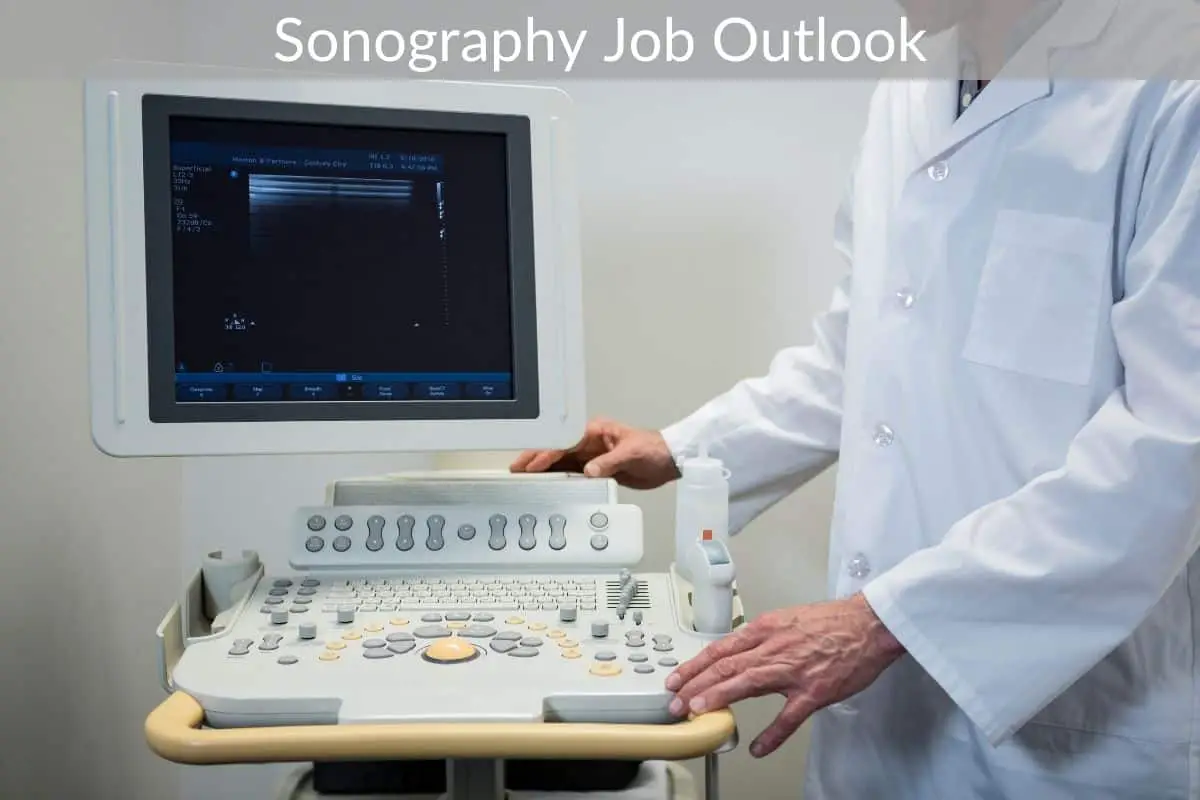Table of Contents
*This post may contain affiliate links. As an Amazon Associate we earn from qualifying purchases.
Sonography is an increasingly important field as new medical breakthroughs prompt doctors to rely on imagery to make diagnoses. As baby boomers grow older, they need more medical services. Additionally, changes in U.S. health care laws are adding more people to health insurance rolls, and some of these new patients will be referred for diagnostic imaging. That’s why the job outlook for sonography positions is strong.
Employment Prospects and Pay
The number of diagnostic medical sonography jobs is expected to increase 46 percent from 2012 to 2022, according to the Bureau of Labor Statistics. That’s much better than most jobs: Growth for all occupations for the same period is projected to be just 11 percent. The median salary is also higher than that of all occupations. While the median for all jobs was $34,750 in 2012, for sonographers it was $65,860.
 Duties
Duties
Diagnostic medical sonographers greet the patient, take his medical history and prepare him for the exam based on what the doctor has ordered. They use diagnostic imaging equipment to take images of specific body areas. The equipment uses sound waves to show details of body organs and tissues, giving doctors images called sonograms. Sonographers use a device called an ultrasound transducer to direct sound into the body. The sound echoes back and is converted to images. Sonographers make sure they have a good image and provide them, along with key information, to the patient’s doctor. They also maintain proper care of the imaging equipment. Sonographers work in a variety of settings, including hospitals, doctors’ offices and diagnostic centers.
Education and Training
There are several avenues of training to become a sonographer. The more education a student gets, the better the job outlook. There are two-year and four-year degrees available in sonography. There are also one-year programs, but these are primarily for people already employed in some other health field. The best job candidates have earned certification from an accredited program. Coursework usually covers imaging procedures, medical terminology and anatomy. Sonongraphers often specialize in specific areas, such as the abdomen or breast. Students usually spend some time working with an experienced sonographer before they work on their own.
As researchers find new ways to find and treat disease early, sonographers will be needed to provide important images that help make a diagnosis. Doctors and patients alike appreciate being able to assess a medical condition without invasive procedures. Pursuing a career as a sonographer is a good way to not only increase the chance of acquiring a position, but to establish long-term job security as well.

